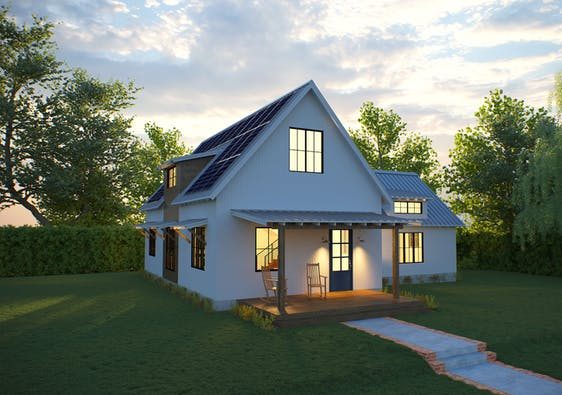The intersection of creativity and practicality in architecture represents a dynamic realm where artistic vision harmonizes with functional necessity, shaping environments that are not only aesthetically pleasing but also fundamentally useful. Architects are tasked with the challenging responsibility of translating abstract ideas into tangible structures, balancing innovation with the realities of construction, usability, and sustainability. At the heart of this process lies the concept of design thinking, which encourages architects to approach problems holistically, considering the needs of users alongside the constraints of materials, budget, and regulatory frameworks. This synergy can be seen in various architectural styles, where creativity manifests in unique forms, while practical elements ensure that these designs serve their intended purpose effectively. For instance, the use of natural light in buildings not only enhances visual appeal but also reduces energy consumption, demonstrating how thoughtful design can lead to sustainable solutions.

Moreover, architects are increasingly embracing technology, utilizing tools like Building Information Modeling BIM to explore complex designs that maintain structural integrity and functionality. This integration of advanced technology facilitates the creation of spaces that inspire and elevate the human experience, whether in residential, commercial, or public architecture. In the realm of urban design, the interplay between creativity and practicality becomes even more pronounced. Cities are complex ecosystems where diverse needs must be met, and architects play a crucial role in shaping the urban landscape. The concept of mixed-use developments exemplifies this balance, where residential, commercial, and recreational spaces coexist, fostering community interaction while optimizing land use. Such projects not only address housing shortages but also enhance the vibrancy of neighborhoods, proving that innovative architectural solutions can lead to more livable cities.
Furthermore, the integration of green spaces and sustainable practices into urban design reflects a growing awareness of environmental impact. Architects are now tasked with creating spaces that prioritize ecological sustainability, incorporating features like green roofs, rain gardens, and energy-efficient systems. This shift towards eco-conscious design not only addresses practical concerns such as climate resilience but also enriches the urban fabric, offering residents a healthier, more enjoyable living environment. However, achieving this delicate balance is not without its challenges. The pressure to innovate can sometimes lead to designs that, while visually striking, Virtual Teaming may overlook practical considerations such as accessibility and maintenance. It is crucial for architects to engage in continuous dialogue with stakeholders, including clients, community members, and builders, to ensure that creative visions align with real-world applications. This collaborative approach fosters a sense of ownership among users, ultimately leading to more successful and enduring architectural solutions.
